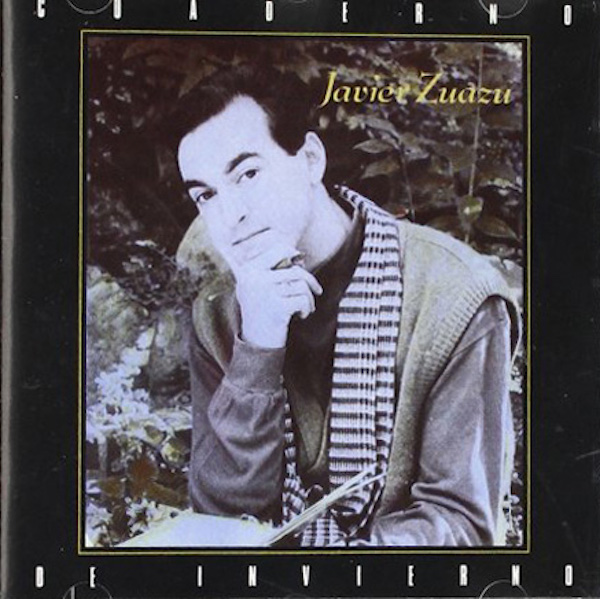
Brace yourselves, let’s see how far I can take this review of Javier Zuazu’s Cuaderno De Invierno (or A Winter Journal). What was this album? 50-odd minutes of Spanish New Age that hovers from impressionistic piano-led instrumentals and wonderfully, minimal, warm and tender ambient mood music. Throw in one gorgeous ballad and once again, I’m confronted with a supreme lack of backstory to another album that absolutely demands for someone other than a choice few to know about.
Piecing together what I do know, I seem to recall encountering this album when I discovered that Spain’s one time-PBS, now more-Bravo TV (the iconic RTVE) actually has a record label, Rtve Música. And rather than simply releasing prestige music – classical, opera, folkloric – they had this interesting side hussle releasing pop, jazz, and experimental music. It’s where you can find artists as diverse as Luis Delgado, David Garrido, and Eliseo Parra, all the way to some that are pure kitsch like Paco Clavel or made for aunties, like Glenda Gaby and José Bulevar. Somewhere in this huge milieu existed the music of Madrid’s own Javier Zuazu.
At the time of Cuaderno De Invierno’s release, in 1991, Javier appeared to be one of RTVE’s in-house music producers for various of the label’s more symphonic recordings. Unfortunately, for us at this juncture in time, that’s where his whole backstory begins and ends.
What one can surmise is that Javier shared some of the same influences found in the record series he was cast off into. Under the guise of “Las 4 Músicas” – folk, jazz, world, and classical – RTVE aficionados could discover the moorless music of artists like the aforementioned Luis Delga and David Garrido but also that of neo-folk musicians like Italy’s Antonio Breschi and of Pablo Miyar. Under that frame of mind, and its record budget, Javier appeared to have the liberty to follow the muse you’ll hear here.
Myself, I hear the influence of Windham Hill (Liz Story, in particular) and/or the piano stylings of one Keith Jarrett. Motif music like the opener “Lo Que Trae La Lluvia”, picture modal jazz as simply another vehicle to muscle through some powerful memory. Then, taking advantage of a cache of synths and drum machines, Javier slowly starts building fuller ideas (like he would in “Laura Pequeña”) that seem jaunty and wistful, perhaps of the same league one would find Germany’s Cluster in. “Hombre Con Traje” puts the influence of Satie front and center, while “Esto Mejora” jives to cocktail jazz.
After the brief lull in the middle, Cuaderno De Invierno picks up with what could be the theme music for this release, “Diciembre.” Another piano track picks up steam by staking ideas from Arabic music touchstones and using those to combine them through this, his other realm of wistful impressionism. What follows, is arguably, the album’s highlight: “Silencio Blanco.” Led by Javier’s vocals, it’s a gorgeous, longing, ambient ballad speaking of coming to terms with a physical separation. Suddenly, out of nowhere, we get to something deeper than these other meditative states.
Pity that as we get to the tail end of the album, where we get more minimal maximal reflective tracks just like “Silencio Blanco” – songs like “Laura Despues” and “Diciembre II” – I can’t really point to you where else to go from here. After we’re left with the last strains of the haunting closer, one wonders just where else Javier could have taken these ideas further before he’d go on to pursue a more “classical” arranger role.
